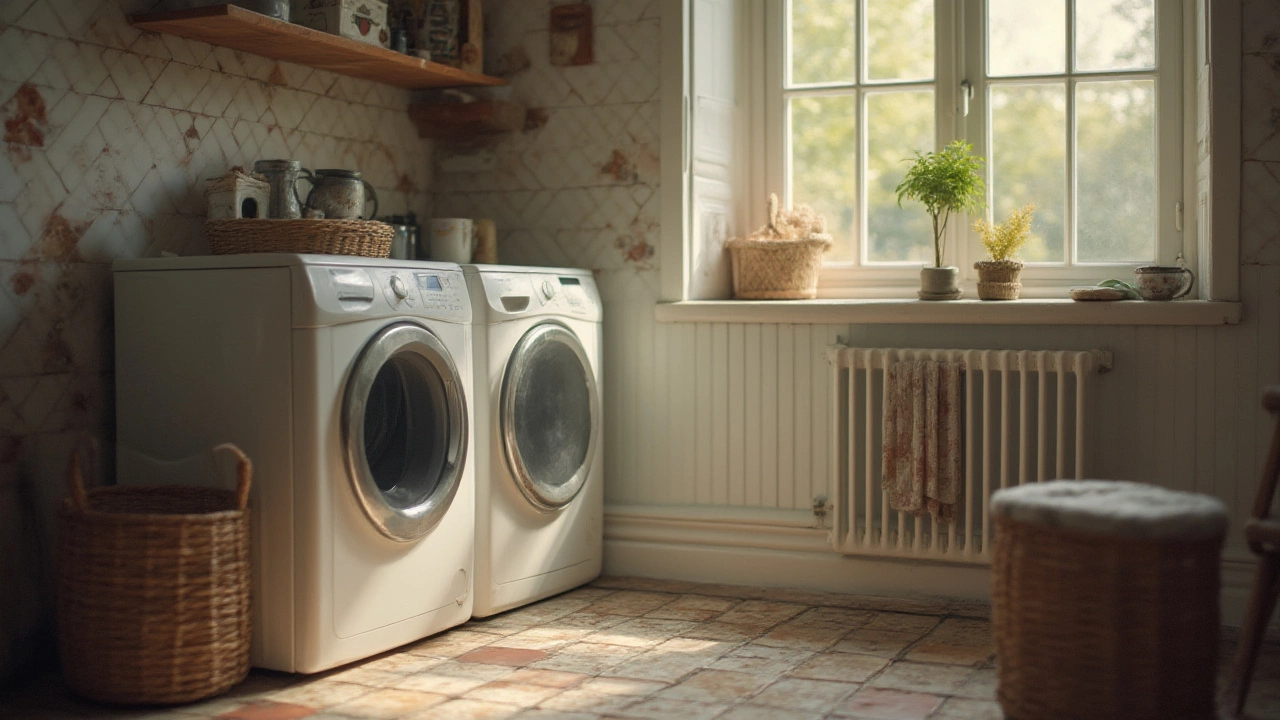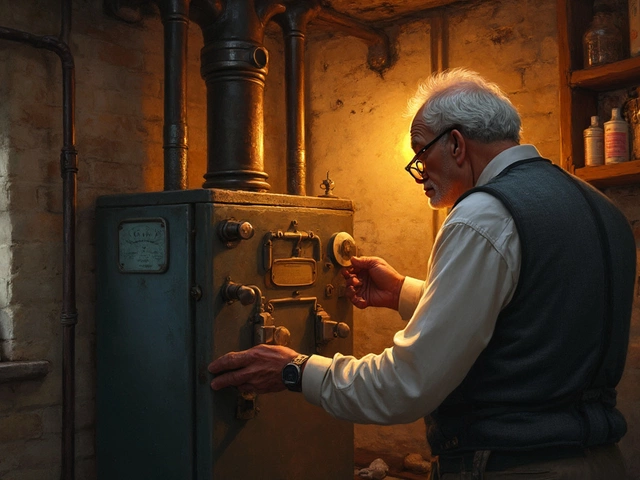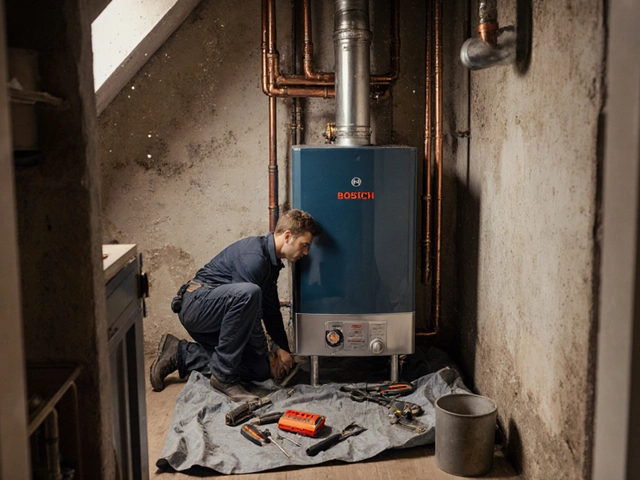Got a washer that’s making weird noises, leaking, or simply not cleaning clothes? Before you toss it out, figure out whether a repair will do or if a replacement makes more sense. This guide walks you through the tell‑tale signs, cost comparisons, and practical steps to get your laundry back on track.
Not every hiccup means the end. Look for these red flags:
If you spot two or more of these, start calculating the cost of a fix versus a new machine.
Simple repairs—like a busted door latch or a broken inlet valve—can cost between £50 and £150. More complex jobs, such as motor or drum replacements, often run £200‑£400. A brand‑new washing machine typically starts around £350 for basic models and can go up to £1,200 for high‑efficiency or smart units.
Use this quick rule: if the repair bill is more than half the price of a comparable new washer, it’s usually smarter to replace. The extra money buys better energy efficiency, newer features, and a fresh warranty.
You don’t need a toolbox for every problem. Try these quick checks:
If these steps don’t fix the issue, it’s time to call a qualified technician. They can safely handle electrical components and parts under warranty.
Remember, a professional repair not only solves the problem but also gives you a short guarantee on the work—something a DIY fix can’t match.
Bottom line: keep an eye on age, repair frequency, and the size of the bill. When the numbers tip toward a new machine, choose a model with a good energy rating (A+++ or A++) to lower future electricity costs. And when in doubt, a quick call to a local repair expert can give you a clear quote and help you avoid unnecessary waste.

Is your washing machine considered old? Learn the real lifespan, signs it's aging, and pro tips to keep it running longer. Get real facts and advice from an expert.

Boiler lifespan can vary greatly depending on usage, maintenance, and type. On average, boilers last anywhere from 10 to 15 years. Regular maintenance is key to prolonging the life of your boiler and ensuring it functions efficiently. In this article, discover how to keep your boiler in top shape and when it might be time to replace it.

Is it possible for a hot water heater to last 30 years? Here’s a detailed look at what determines water heater longevity, what rare cases look like, and how you can extend your heater’s life with smart habits.

Wondering if you can change your kitchen extractor fan yourself? This guide covers steps, safety, tools, common mistakes, and installation tips for a smooth DIY experience.

Replacing a boiler costs thousands because it's not just the unit-it's labour, safety checks, pipe upgrades, and compliance. Learn why this big investment is necessary and how to avoid overpaying.

Wondering if you should flush or just drain your water heater? This article breaks down the difference, when each method makes sense, and what actually helps your water heater last longer. You'll find practical advice, simple tips, and a few things even pros forget. Discover the truth about tank cleaning—without the jargon or confusion. Your next maintenance day just got a lot less stressful.